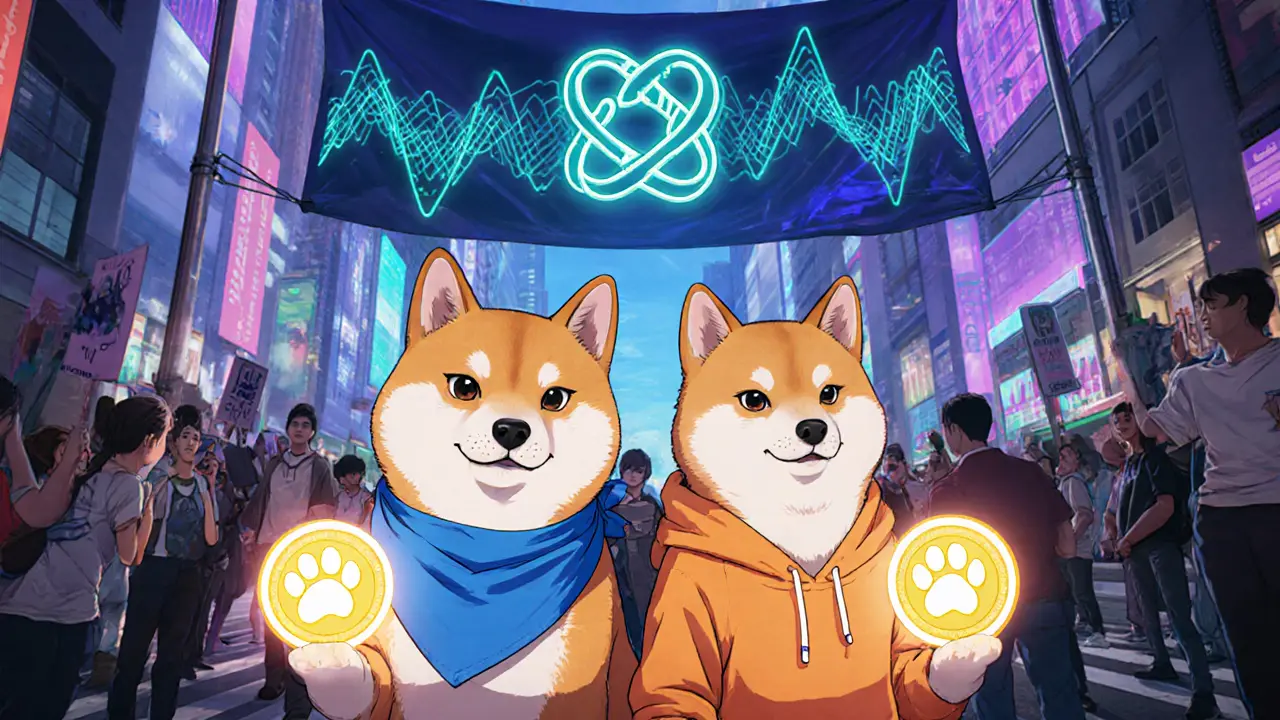Deflationary Token: How Burn Mechanics Shape Crypto Value
When working with deflationary token, a cryptocurrency designed to reduce its circulating supply over time, often through automatic burns or fee‑based tokenomics. Also known as burn token, it aims to create scarcity and potentially boost price stability. Understanding a deflationary token gives you a clear view of why some coins keep climbing while others stall.
One core piece of the puzzle is the token burn, the process of permanently removing tokens from the supply. Token burns can be manual – the team sends tokens to an unrecoverable address – or automatic, where a smart contract slices a % of each transaction and destroys it instantly. For example, a 2% burn on every trade means the supply shrinks by that slice each time a user swaps, creating a self‑reinforcing scarcity loop. This automatic burn mechanism is a common feature in many deflationary projects and is a key reason why holders often see long‑term upside.
Another crucial driver is fee redistribution, the practice of sharing collected transaction fees with token holders or other ecosystem participants. Instead of simply burning the fee, some tokens split it: part goes to a burn pool, part rewards active users, and part fuels liquidity pools. This creates a dual effect – it trims supply while giving holders a steady stream of passive income. When paired with staking rewards, tokens earned for locking up assets in a smart contract, the model becomes even more attractive. Stakers earn extra tokens, which may also be subject to a small burn on distribution, further tightening supply and reinforcing price support.
All these pieces – token burn, fee redistribution, and staking rewards – intertwine to form the backbone of a deflationary token’s economics. They shape how supply reacts to market activity, how incentives align, and ultimately how value is perceived by traders. Below you’ll find a curated set of articles that break down real‑world examples, from exchange reviews that support deflationary assets to security checklists for smart contracts that implement burns. Dive in to see how these mechanisms play out across different projects and why they matter for anyone looking to trade or invest in the crypto space.
